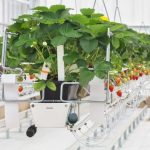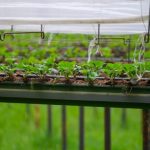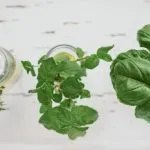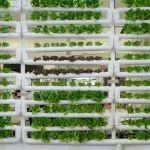Are you looking for an easy yet effective hydroponic growing method? Look no further than the Kratky method. This unique approach to hydroponics simplifies the process by eliminating the need for electricity and complex systems. What can you grow with the Kratky method? In this article, we’ll explore the possibilities of growing various plants using the Kratky method, helping you decide which ones are perfect for your passive hydroponic garden.
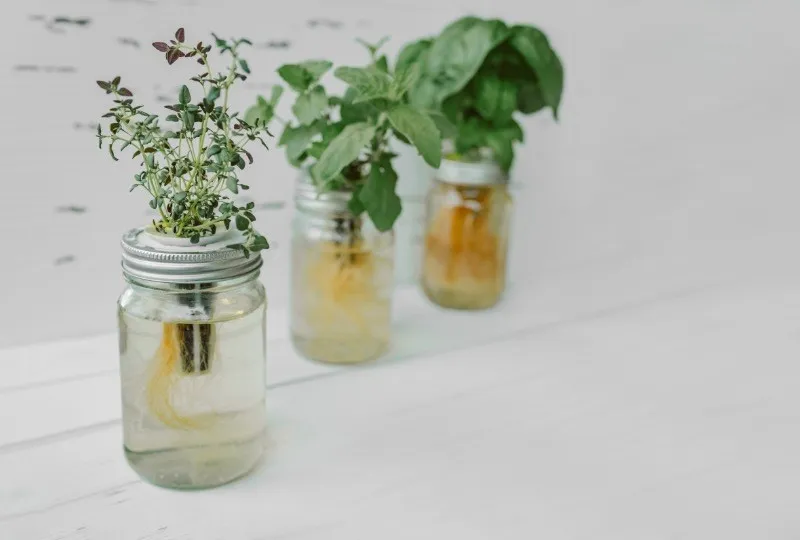
The Kratky method offers numerous benefits that make it particularly appealing for beginners in hydroponics. You’ll love how simple it is to set up and maintain. With just a few essential supplies and a bit of patience, you can grow an abundance of nutritious, delicious plants right in your own home. So, let’s dive into the world of the Kratky method and discover the plants that thrive in this innovative hydroponic system. Once you decide on what to grow, head on over to our step-by-step guide on setting up a simple Kratky hydroponic system.
Best Plants for Kratky Method
Lettuce
Lettuce is one of the most popular crops to grow with the Kratky method, primarily because of its fast growth rate and compatibility with hydroponic systems. As a shallow-rooted plant, lettuce is perfect for this method as it requires less water and space. Moreover, the Kratky method suits lettuce well since it is a small, fast-growing plant that thrives in the absence of continuous nutrient and water replenishment.
Leafy Greens
Leafy greens are another excellent choice for the Kratky method, and they are known for being very nutrient-dense. Plants like spinach, chard, kale, bok choy, escarole, radicchio, mesclun, mustard greens, arugula, rapini, collard greens, tatsoi, endive, fennel, and watercress can thrive in the Kratky system. These greens benefit from the low maintenance and ample space that passive hydroponics provides, making them the best Kratky vegetables to grow.
Herbs
Herbs are another fantastic option for the Kratky method, as their relatively small size and rapid growth make them suitable for this hydroponic system. You can grow herbs like basil, parsley, cilantro, dill, and mint to add a fresh touch to your home cooking.
More Fruits and Vegetables
- Strawberries: Strawberries can be grown using the Kratky method, as they require less water and nutrients than most other fruit plants. The quick rooting of runners in this system makes it easy to grow multiple plants without taking up a lot of space.
- Tomatoes: Growing tomatoes using the Kratky method can be more challenging than leafy greens or herbs, but it is still possible. Start with smaller tomato varieties and monitor their growth closely. Cherry tomatoes would be a great start. Be mindful of the potential for oxygen deficiency and ensure the roots have adequate space.
- Cucumbers: Although the Kratky method is not ideal for large fruiting plants like cucumbers, it is possible to grow smaller cucumber varieties with some extra effort. Maintain a proper temperature and pH, and keep a close eye on oxygen levels.
- Bell Peppers, Celery, and Beans: These vegetables can be grown with the Kratky method, but it is crucial to properly care for them due to their larger size and higher nutrient demands.
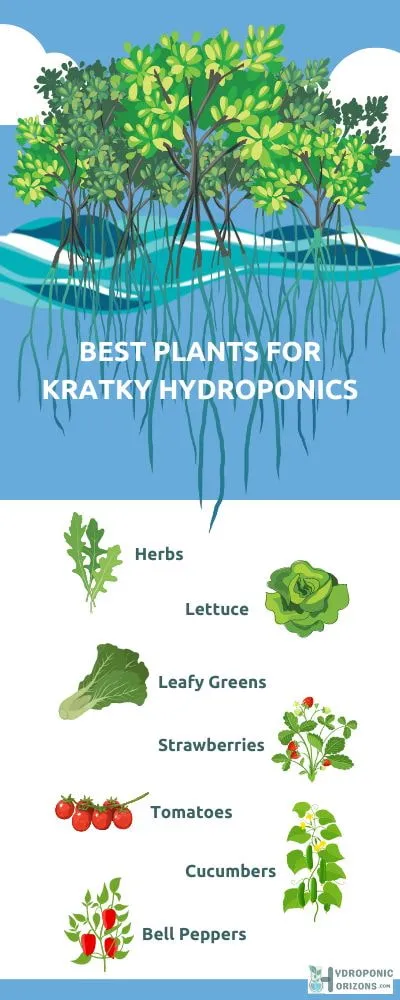
In summary, the Kratky method allows you to grow various plants, from leafy greens and herbs to certain fruits and vegetables. Keep in mind that smaller, fast-growing plants are better suited for this hydroponic technique, so focus on crops that meet those requirements for the best results.
What Kinds of Plants Cannot Grow With the Kratky Method?
While the Kratky method is a fantastic way to grow many types of plants, there are a few that aren’t very Kratky-friendly. It’s important to be aware of these limitations, so you can make informed decisions about what plants you’ll grow with this particular hydroponic method.
First, let’s discuss root crops. These plants, such as carrots, potatoes, turnips, beets, sweet potatoes, and parsnips, aren’t well-suited to the Kratky method because it doesn’t offer enough surface area for a worthwhile harvest. Root crops require more space to grow efficiently, making them a poor choice for this passive hydroponic system.
Another category of plants that don’t fare well in the Kratky method is those that take a long time to mature. Lavender, for example, requires a significant amount of time to develop and may not thrive in the Kratky setting.
FAQs
Final Thoughts
Remember, larger plants like tomatoes or peppers can be a challenge to grow using the Kratky method. Although it’s possible to grow them, you would need a larger container to accommodate their size and nutrient requirements. If you’re new to the Kratky method, it’s best to start with smaller, faster-growing plants like lettuces, spinach, or herbs.
Keep these limitations in mind as you plan your Kratky method garden. By focusing on the plants that thrive under this system, you’ll have a much more successful and enjoyable gardening experience.

